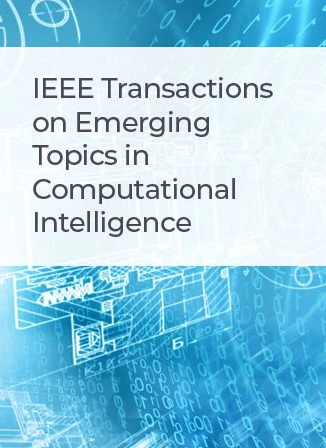A Tunable Framework for Joint Trade-Off Between Accuracy and Multi-Norm Robustness
IF 5.3
3区 计算机科学
Q1 COMPUTER SCIENCE, ARTIFICIAL INTELLIGENCE
IEEE Transactions on Emerging Topics in Computational Intelligence
Pub Date : 2025-02-21
DOI:10.1109/TETCI.2025.3540419
引用次数: 0
Abstract
Adversarial training enhances the robustness of deep networks at the cost of reduced natural accuracy. Moreover, networks fortified struggle to simultaneously defend against both sparse and dense perturbations. Thus, achieving a better trade-off between natural accuracy and robustness against both types of noise remains an open challenge. Many proposed approaches explore solutions based on network architecture optimization. But, in most cases, the additional parameters introduced are static, meaning that once network training is completed, the performance remains unchanged, and retraining is required to explore other potential trade-offs. We propose two dynamic auxiliary modules, CBNI and CCNI, which can fine-tune convolutional layers and BN layers, respectively, during the inference phase, so that the trained network can still adjust its emphasis on natural examples, sparse perturbations or dense perturbations. This means our network can achieve an appropriate balance to adapt to the operational environment in situ, without retraining. Furthermore, fully exploring natural capability and robustness limits is a complex and time-consuming problem. Our method can serve as an efficient research tool to examine the achievable trade-offs with just a single training. It is worth mentioning that CCNI is a linear adjustment and CBNI does not directly participate in the inference process. Therefore, both of them don't introduce redundant parameters and inference latency. Experiments indicate that our network can indeed achieve a complex trade-off between accuracy and adversarial robustness, producing performance that is comparable to or even better than existing methods.一种精度与多范数鲁棒性联合权衡的可调框架
对抗训练增强了深度网络的鲁棒性,但代价是降低了自然精度。此外,网络加强了同时防御稀疏和密集扰动的斗争。因此,在自然精度和抗两种噪声的鲁棒性之间实现更好的权衡仍然是一个开放的挑战。许多提出的方法探索基于网络架构优化的解决方案。但是,在大多数情况下,引入的额外参数是静态的,这意味着一旦网络训练完成,性能保持不变,并且需要重新训练以探索其他潜在的权衡。我们提出了两个动态辅助模块CBNI和CCNI,它们可以在推理阶段分别微调卷积层和BN层,从而使训练后的网络仍然可以调整其对自然样例、稀疏扰动或密集扰动的重视程度。这意味着我们的网络可以在不进行再培训的情况下实现适当的平衡,以适应现场的操作环境。此外,充分探索自然能力和鲁棒性极限是一个复杂而耗时的问题。我们的方法可以作为一种有效的研究工具,通过一次训练来检验可实现的权衡。值得一提的是,CCNI是一个线性调整,CBNI并不直接参与推理过程。因此,它们都不会引入冗余参数和推理延迟。实验表明,我们的网络确实可以在准确性和对抗鲁棒性之间实现复杂的权衡,产生与现有方法相当甚至更好的性能。
本文章由计算机程序翻译,如有差异,请以英文原文为准。
求助全文
约1分钟内获得全文
求助全文
来源期刊

IEEE Transactions on Emerging Topics in Computational Intelligence
Mathematics-Control and Optimization
CiteScore
10.30
自引率
7.50%
发文量
147
期刊介绍:
The IEEE Transactions on Emerging Topics in Computational Intelligence (TETCI) publishes original articles on emerging aspects of computational intelligence, including theory, applications, and surveys.
TETCI is an electronics only publication. TETCI publishes six issues per year.
Authors are encouraged to submit manuscripts in any emerging topic in computational intelligence, especially nature-inspired computing topics not covered by other IEEE Computational Intelligence Society journals. A few such illustrative examples are glial cell networks, computational neuroscience, Brain Computer Interface, ambient intelligence, non-fuzzy computing with words, artificial life, cultural learning, artificial endocrine networks, social reasoning, artificial hormone networks, computational intelligence for the IoT and Smart-X technologies.
 求助内容:
求助内容: 应助结果提醒方式:
应助结果提醒方式:


